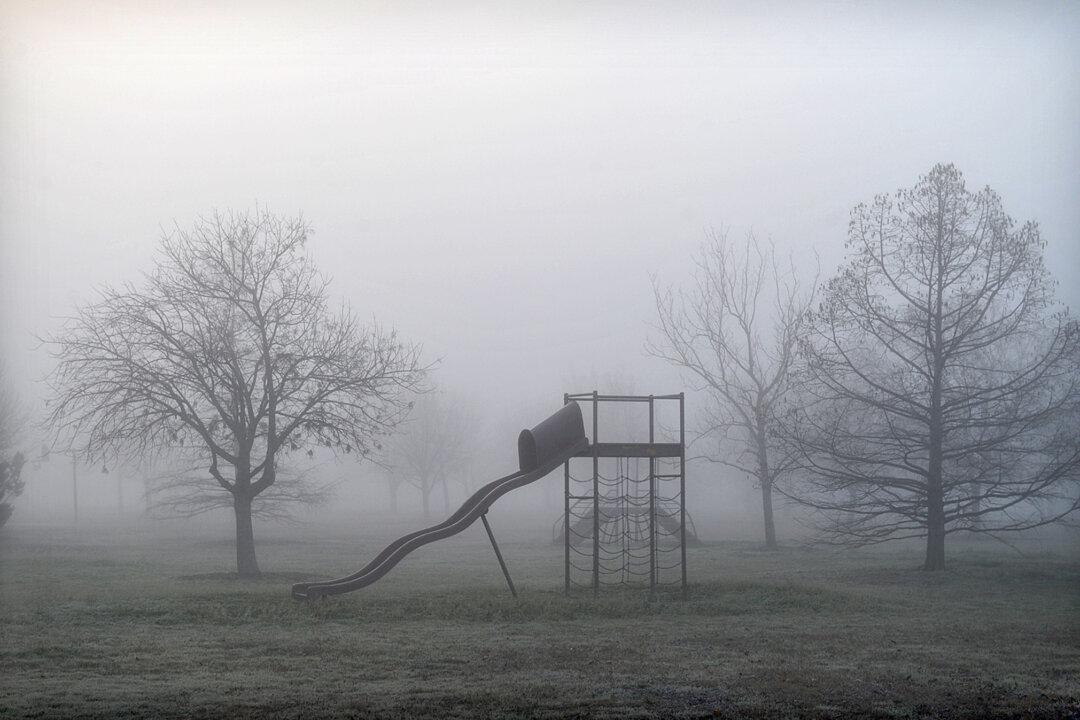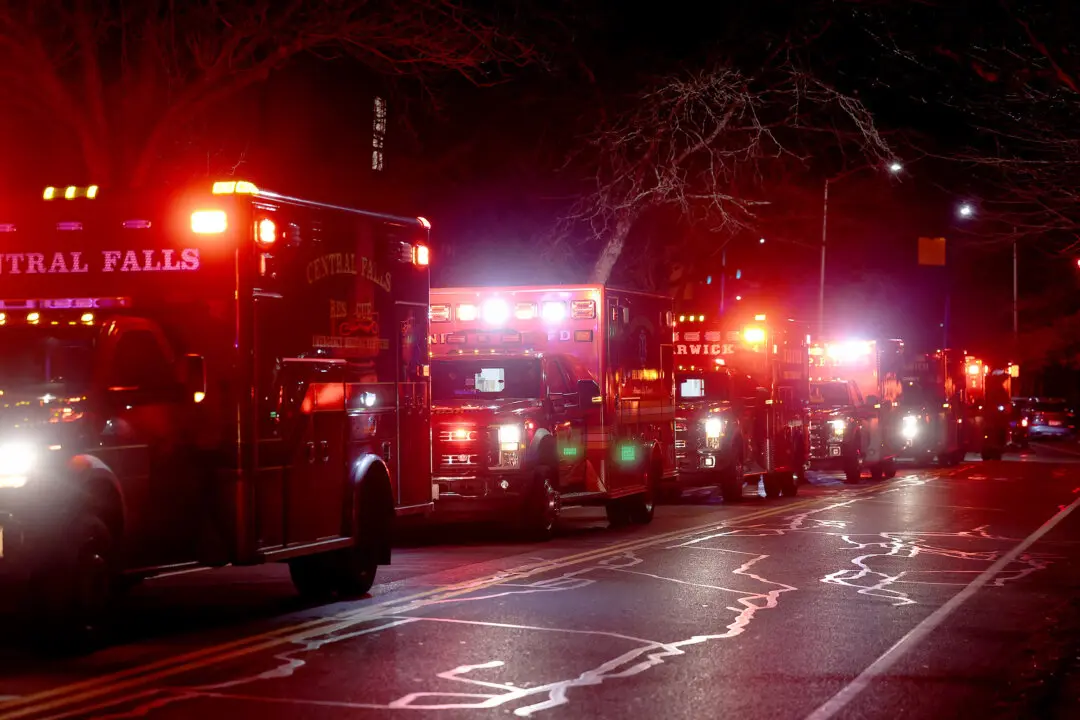The American Petroleum Institute (API), a national trade association that represents all aspects of America’s oil and natural gas industry, wants the Environmental Protection Agency, EPA, to retain current air quality standards, rather than make proposed changes.
Current standards protect public health and welfare with an adequate margin of safety.
— American Petroleum Institute





